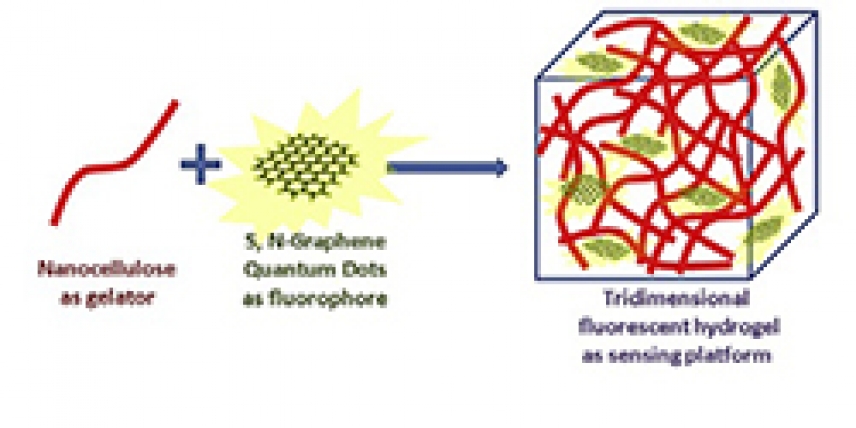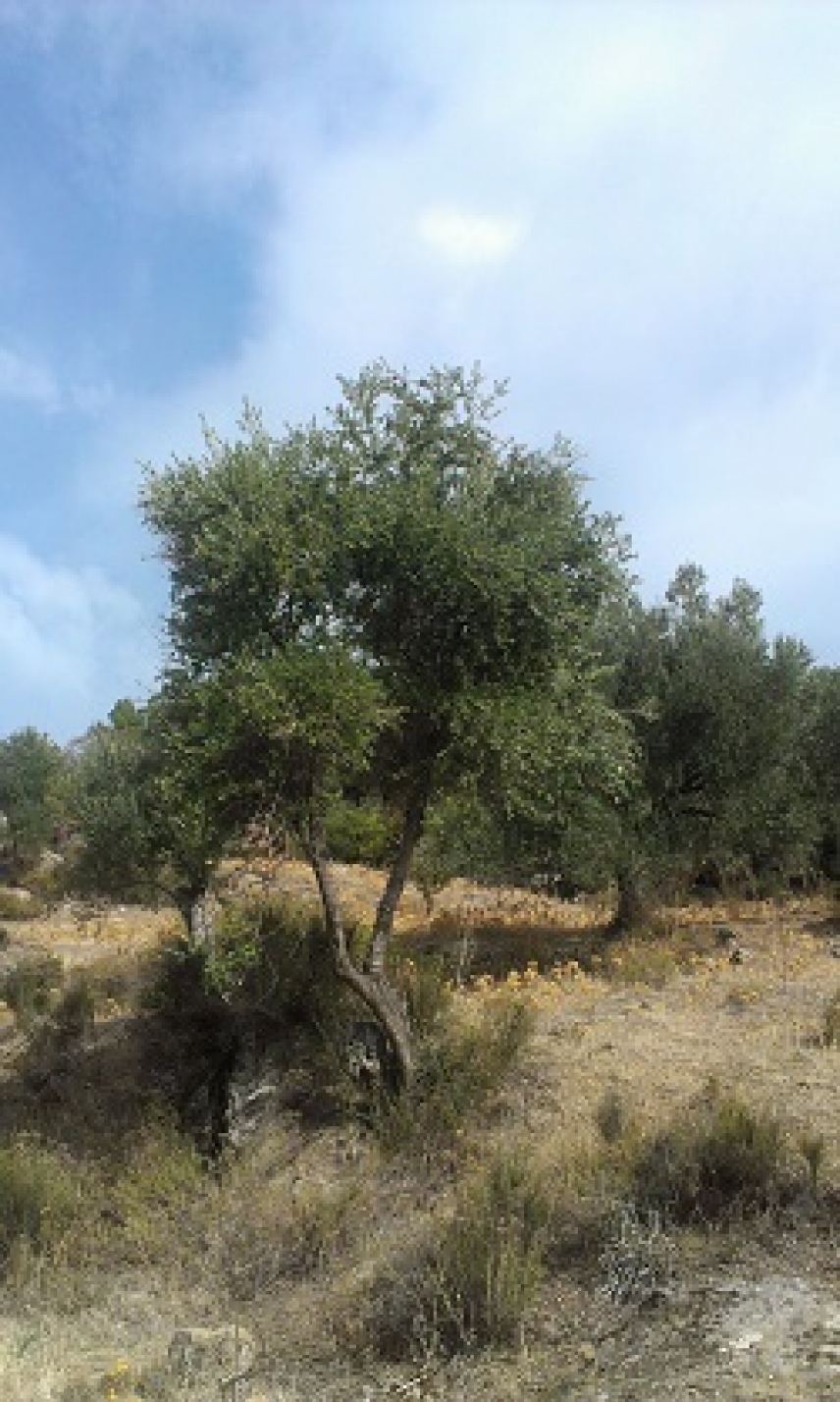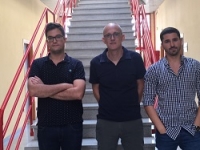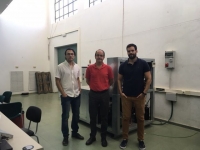Development of an easy-to-use eco-friendly fluorescent enzyme detection platform
Escrito por UCC+iThe platform, developed by a research group at the University of Córdoba Department of Analytical Chemistry, has been tested measuring laccase enzyme concentrations in various shampoo samples.
Enzymes are amongst the most widely-used biocatalysts, applicable – thanks to their broad range of properties – in a whole range of fields. There is thus a need for efficient enzyme detection methods.
The wild olive genome accounts for high oleic acid concentrations in olives
Escrito por UCC+iAn international team including researchers from the University of Cordoba has sequenced the wild olive (oleaster) genome and identified the genetic singularities accounting for high oleic acid concentrations in the olive; their findings could be of value for plant breeding with a view to enhancing production
Monte Testaccio – an artificial mound in Rome composed of fragments of oil amphorae – provides physical proof of the importance of olive oil production around 2300 years ago. These broken shards tell the story of what might be regarded as one of mankind’s oldest industries. But there are other, much older, accounts involving oil. They were unearthed at around the same time as the fragments forming Monte Testaccio, when the 19th-century craze for archaeology led scientists to attempt to explain everything, including the past. A few kilometres further east, on the island of Crete, where Mediterranean Europe meets the Middle East, a number of tablets were found containing records on olive-growing dating back around 4500 years, in other words about a thousand years before the Genesis flood narrative, in which a dove brings back an olive branch in its beak, as proof that the waters had receded.
An UCO research team highlights differences in the psychological treatments recommended for certain mental disorders depending on the reference organisation consulted, thus revealing a degree of scientific disagreement regarding the efficacy of the therapies concerned
Lack of consensus appears to be the common denominator in the treatments used at present for certain mental disorders. At international level there is little agreement among specialists on how to combat certain pathologies. How can recommendations regarding the treatment of depression or anxiety disorders vary so much depending on the scientific and professional bodies consulted?
‘Vortex’ beams for the manipulation of nanoparticles
Escrito por UCC+iA lecturer at the University of Córdoba has developed a new method, published in Physical Review Letters, to simplify the process and reduce the cost of manipulating nanometric materials
One millionth of a millimetre: this is the scale at which nanotechnology manipulates matter. Given its many applications, nanotechnology has already had a major impact on recent technological progress; yet its real potential is yet to be discovered, and few scientists doubt that it will lead mankind to a new industrial revolution. A few days ago, University of Córdoba physics lecturer Pedro Rodríguez García published a paper in Physical Review Letters, reporting on the development of a new mechanism which simplifies and reduces the cost of manipulating nanoparticles.
Mathematical models can reduce energy consumption by refrigeration systems
Escrito por UCC+iA control-engineering research team at the University of Córdoba has developed a method which can be applied both to existing systems and in the design of new plants
Installing refrigeration systems in large areas such as department stores or buildings is no easy task. The design, construction and start-up of these systems is a time-consuming and costly process involving a large number of staff and high levels of energy consumption. A research group at the University of Córdoba has developed a method enabling refrigeration systems to function at maximum power with the lowest possible energy input. Using mathematical models, the team – led by UCO lecturer Francisco Vázquez, who holds a PhD in Physical Sciences – has devised a method for designing à la carte refrigeration systems, taking into account the atmospheric conditions and space constraints specific to any venue, thus obviating the need for purpose-built plants. Â
The force behind the accelerated expansion of the universe changes over time
Escrito por UCC+iA study published in Nature Astronomy, by an international team including a lecturer at UCO, reveals that the properties characteristic of the mysterious dark energy have varied over the course of history
Hailed by some as a driving force because it causes the accelerating expansion of the universe, dark energy makes up around three quarters of the cosmos, yet little is known about it. The researchers who discovered dark energy six years ago were awarded the Nobel prize, and since then the scientific community has ceaselessly sought to decipher its secrets, which may yield important clues regarding the origin and fate of the cosmos.







